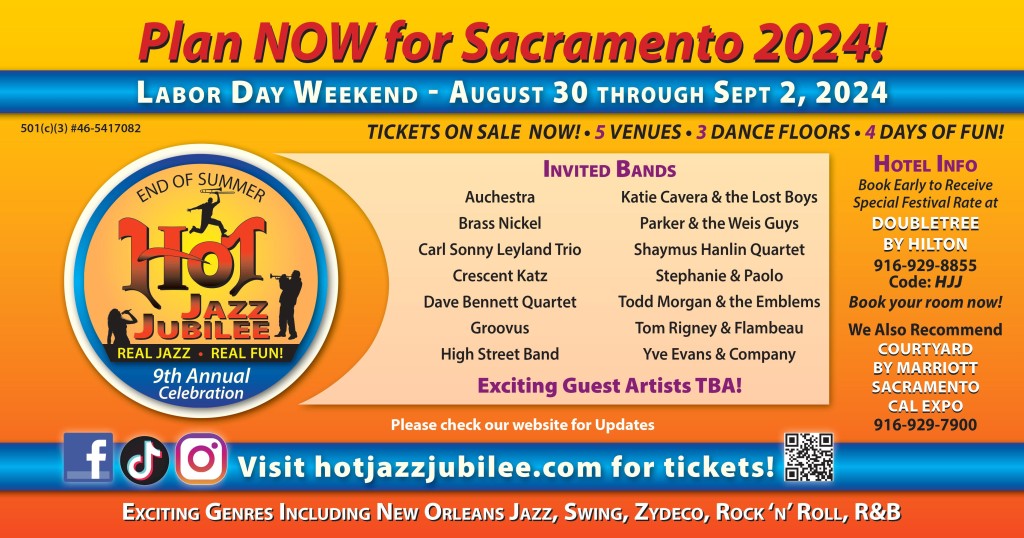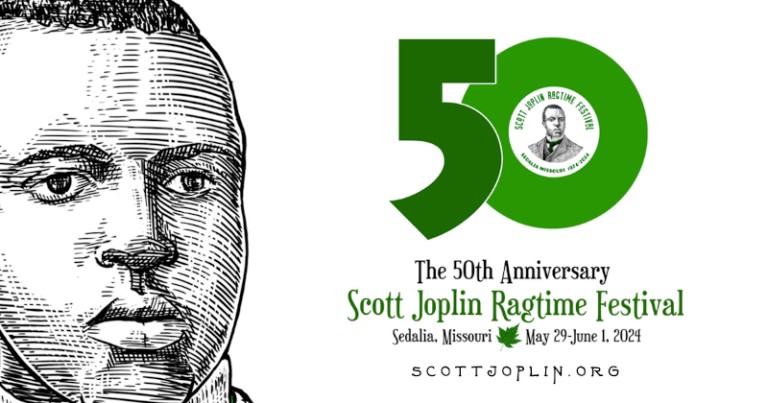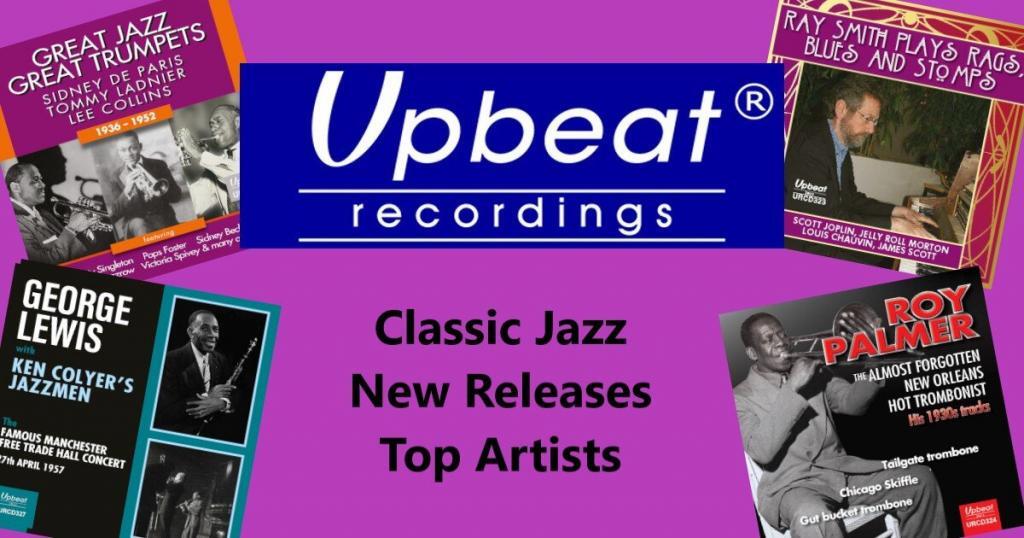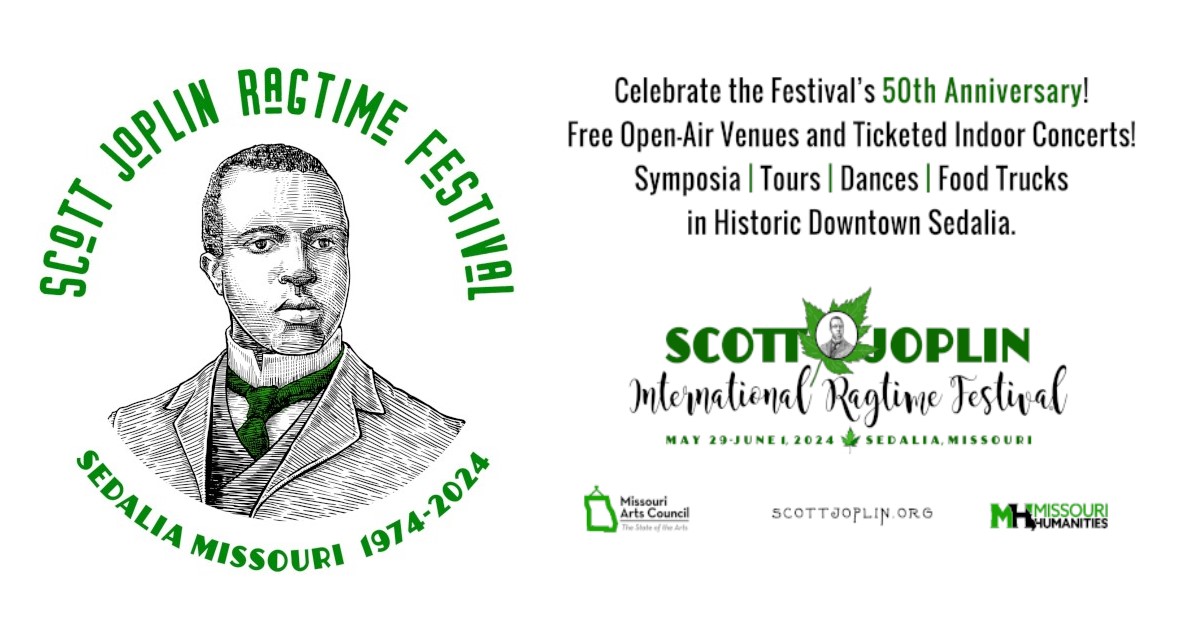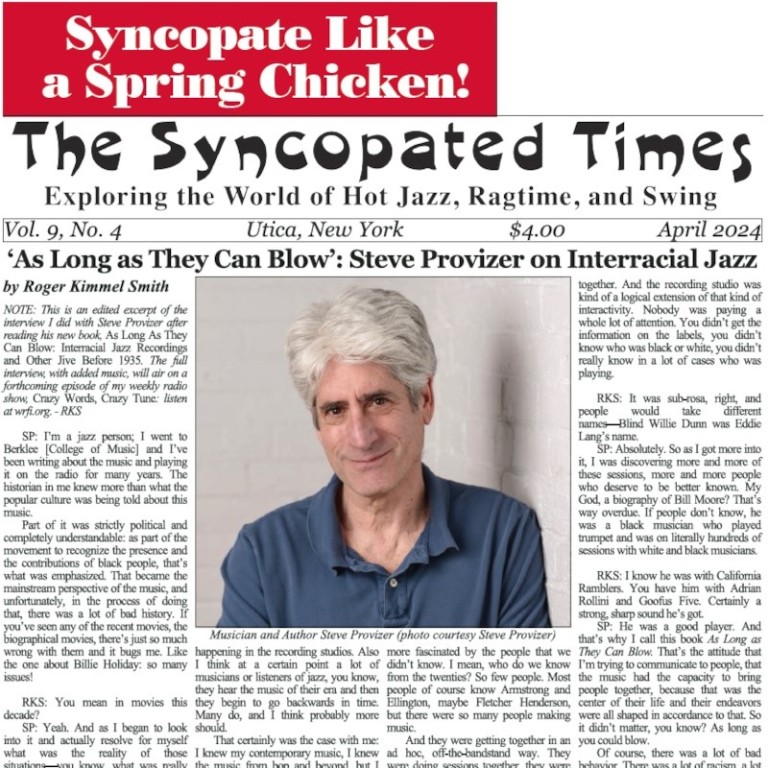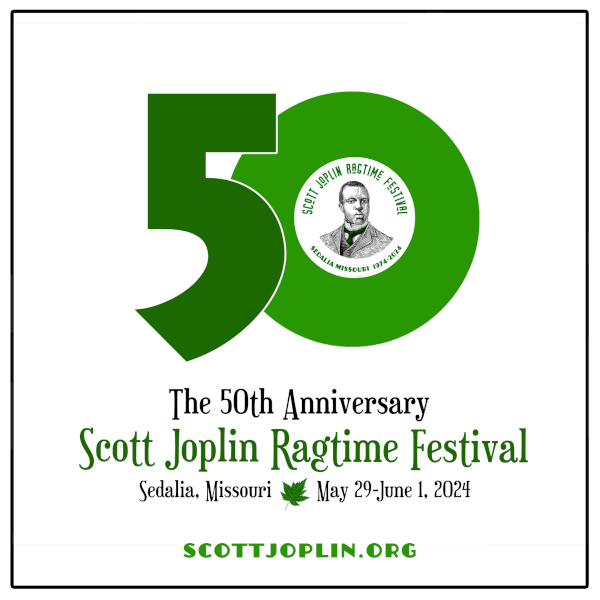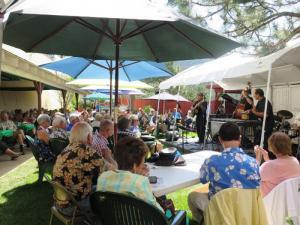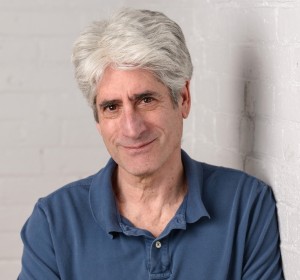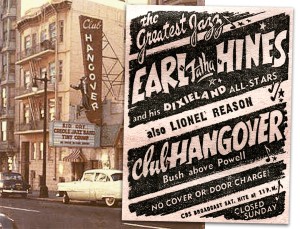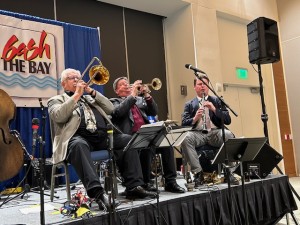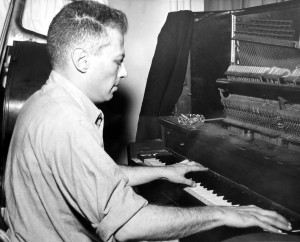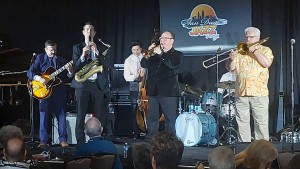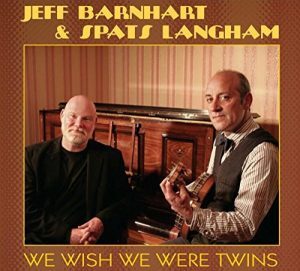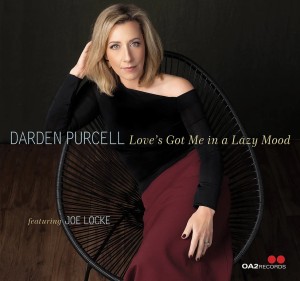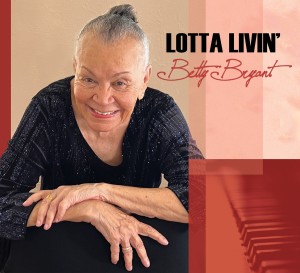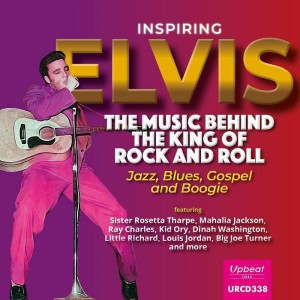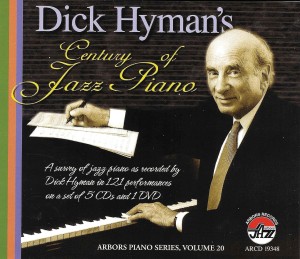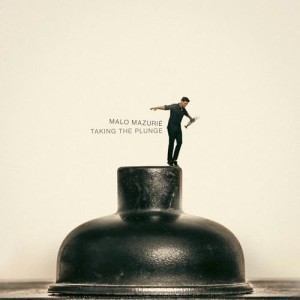Chuck Redd has a growing reputation as one of the top performers on the jazz circuit today. He’s equally adept on the drums and vibraphone, and has had the good fortune to be influenced, mentored and perform with some of the true masters of his craft.
His parents were not musicians, but loved music, so Chuck and his brother heard a lot of music around the house. “Growing up in the ’60s, I always associated music with joy and fun, and after hearing Gene Krupa and Buddy Rich, there wasn’t any question that I wanted to play the drums. I took lessons on the snare drum at age 10, played in school bands, and began to dabble on the vibes while in high school.”
It was while attending Montgomery Community College that he came under the tutelage of pianist/composer/arranger Bill Potts. “Bill really taught me about music, and he took me on my first trip to New York City to hear some real jazz. I sat in with Al Cohn at the 1976 Manassas Jazz Festival when I was 18 as the youngest musician in that year’s lineup.”
Joins Charlie Byrd
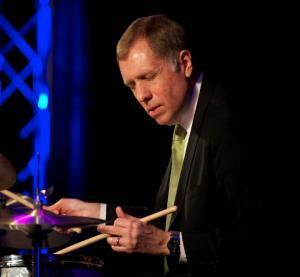 Chuck free-lanced around the Washington, DC metro area, taking advantage of any and all opportunities to gain experience. His first big break came when he was 21, and he began touring the globe as one-third of the Charlie Byrd Trio. That led to joining up with the Great Guitars, a group that included Byrd, Barney Kessel and Herb Ellis. For five years, he was the featured vibraphonist with the Mel Torme All-Star Quintet, which included two concerts at Carnegie Hall.
Chuck free-lanced around the Washington, DC metro area, taking advantage of any and all opportunities to gain experience. His first big break came when he was 21, and he began touring the globe as one-third of the Charlie Byrd Trio. That led to joining up with the Great Guitars, a group that included Byrd, Barney Kessel and Herb Ellis. For five years, he was the featured vibraphonist with the Mel Torme All-Star Quintet, which included two concerts at Carnegie Hall.
He has made over 25 European tours and six tours of Japan with artists such as Ken Peplowski, Terry Gibbs, Conte Candoli, and the Benny Goodman Tribute Orchestra. He performed at the White House with the Barney Kessel Trio, has appeared on The Tonight Show, and traveled to Africa with the Dizzy Gillespie Quintet to celebrate the Namibian Independence.
Smithsonian Affiliation
Gunther Schuller hired Redd to become a member of the Smithsonian Jazz Masterworks Orchestra, an assignment that lasted for 15 years. Chuck served as artist-in-residence at the Smithsonian Jazz Café (2004-2008) and was the featured soloist in the finale concert at the Lionel Hampton International Jazz Festival with the Lionel Hampton Big Band and the Clayton-Hamilton Jazz Orchestra. He calls a 2007 appearance with the Milt Jackson Tribute Band “one of my greatest honors.”
Chuck acknowledges that he was profoundly influenced by drummers like Jake Hanna, Shelly Manne, Grady Tate and Mel Lewis who, in his words, “had exquisite taste and technique and kept great time. Jake Hanna told me ‘Taste is something you learn.’ The music comes first; the drumming is second. It is important to respect the melody and have the ability to swing.”
His recording of When Redd is Blue, that included his younger brother Robert who is an established pianist in the D.C. area and a current member of the Duke Ellington Orchestra and the Wolf Trap Jazz Trio, is just one of 80 recordings that feature Chuck’s musical talents. He can also be heard on the soundtracks of The Great Chefs television series and the NPR broadcast of Jazz Smithsonian.
Teaches Jazz Percussion
Currently on the faculty of the University of Maryland School of Music, Chuck maintains a busy performing schedule these days (mainly in the New York City metropolitan area where he has worked extensively with most of the well-known New York-based musicians) and traveling about the country for jazz parties and festivals and at concert venues. He was the 2014 honoree at the Roswell Jazz Festival and winner of the Hot House Jazz Magazine Fan-Decision Award as the best vibraphonist in 2015 and 2016.
Asked what advice he gives his students, he tells them, “I believe the best approach is to identify the music and musicians that move you, do your best to imitate them, and then move deeper to a level where you play your own way. The greatest artists have always done this.”
Jazz Outlook
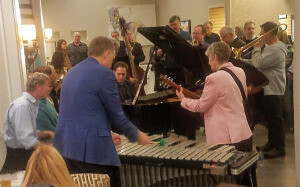
In stating his view of jazz today, he observed, “The outlook is mixed, but I stay optimistic. There are certainly more concerts now, which hopefully means we are reaching a bigger audience. However, that setting can be less intimate than a club. Either way, we want people to smile, tap their toes and be moved. Musicians can achieve this as long as they are playing with sincerity and passion.”
The promo for a recent appearance at Dizzy’s Club Coca Cola at Jazz at Lincoln Center summed up Chuck’s career very succinctly, stating: “There are two things you can always count on when Chuck Redd is performing: a top-notch band, and swinging takes on timeless standards in the jazz, blues and American popular song idioms.”
